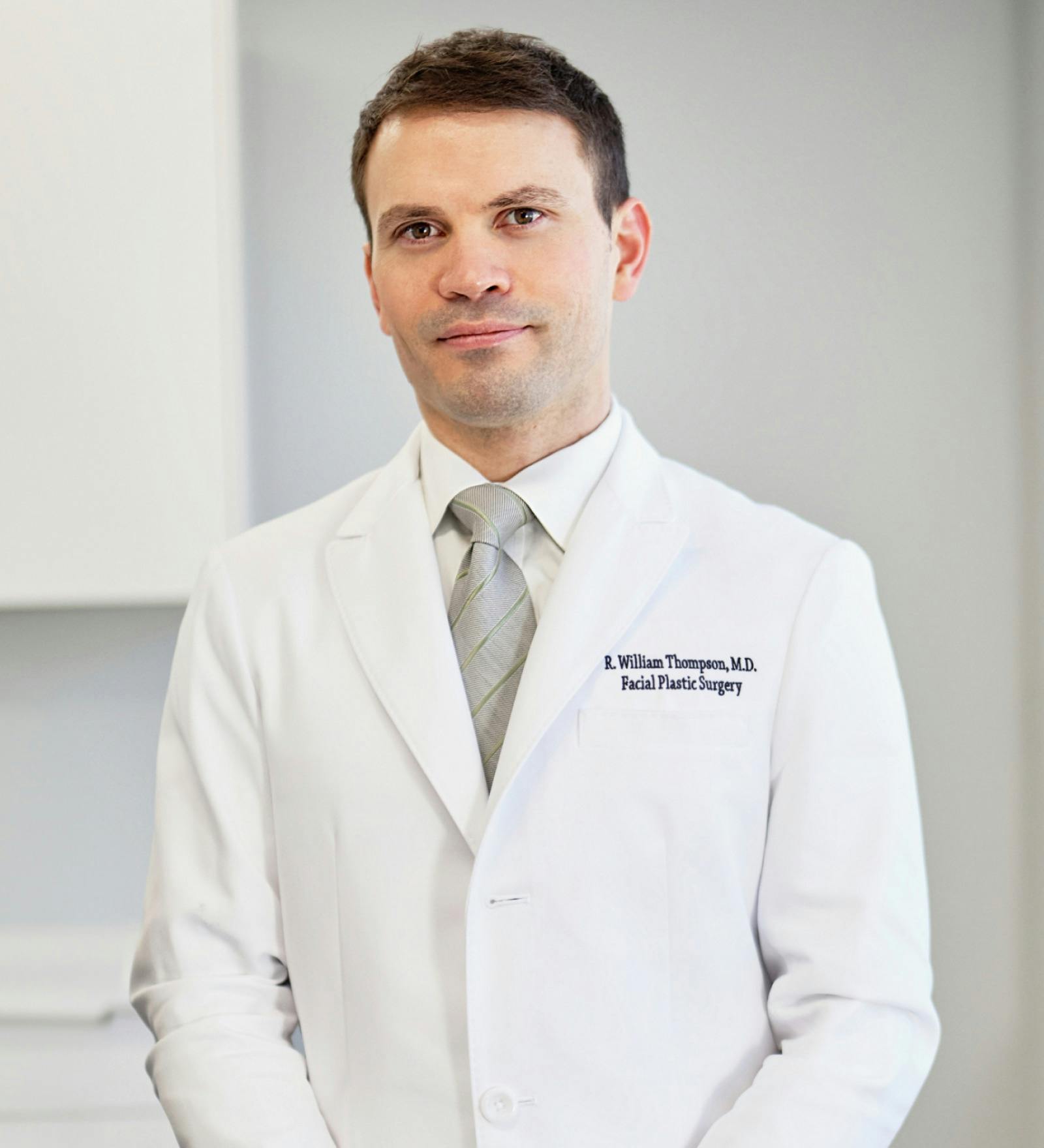It’s normal to wish for a more youthful, vibrant appearance. A facelift in Denver offers a chance to reclaim a more confident, comfortable sense of self, and Dr. Thompson is guided by a desire to make sure your results feel natural and organic.
Am I a Candidate for a Facelift in Denver?
While the procedure is a relatively commonplace one these days, it’s natural to wonder if it’s the right one for you. It’s worth noting that facelifts are specifically designed to treat signs of aging in the lower two-thirds of the face. That means primarily the lower face and neck area, not the upper third of the face. Other plastic surgery procedures, such as Blepharoplasty or a brow lift, are more appropriate for upper facial rejuvenation. With that in mind, patients who elect to have the procedure typically include:
- Those who are in good physical health and searching for a long-lasting option for looking more rejuvenated
- Patients whose face and neck skin have started to sag
- Those looking to restore confidence in their personal or professional life
- Patients looking to address emerging jowls or who are self-conscious about the appearance of their neck area







